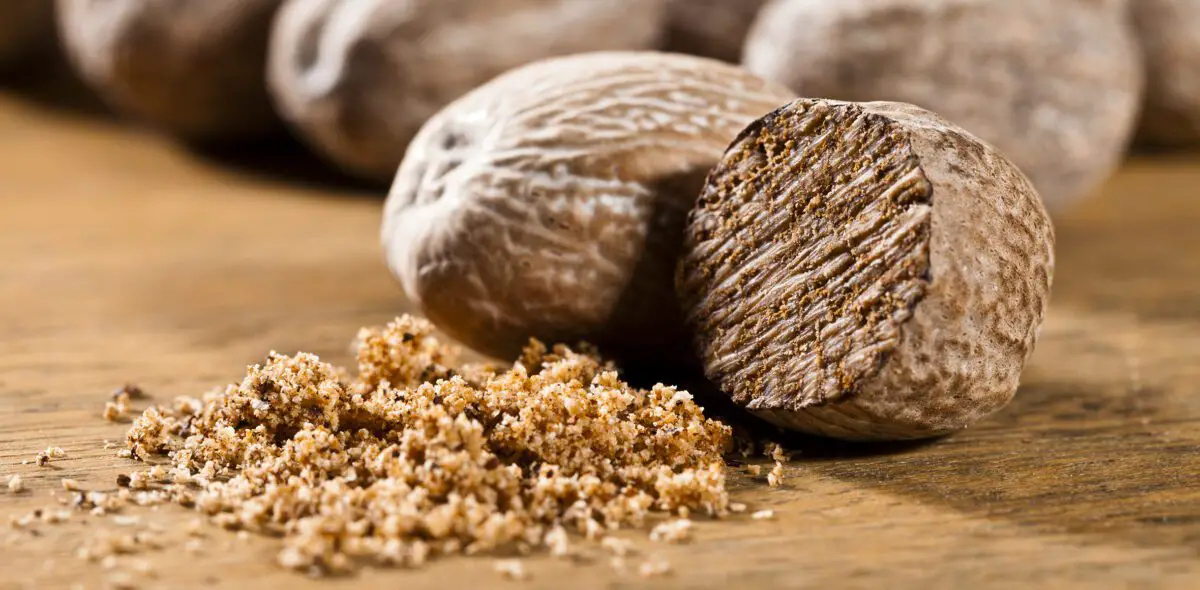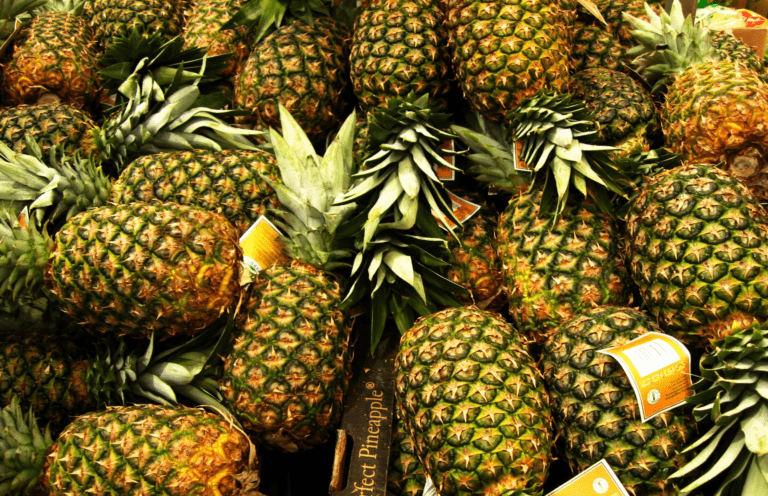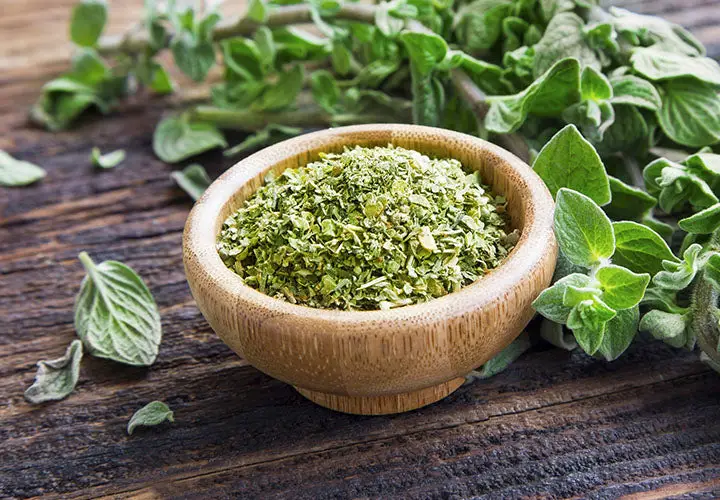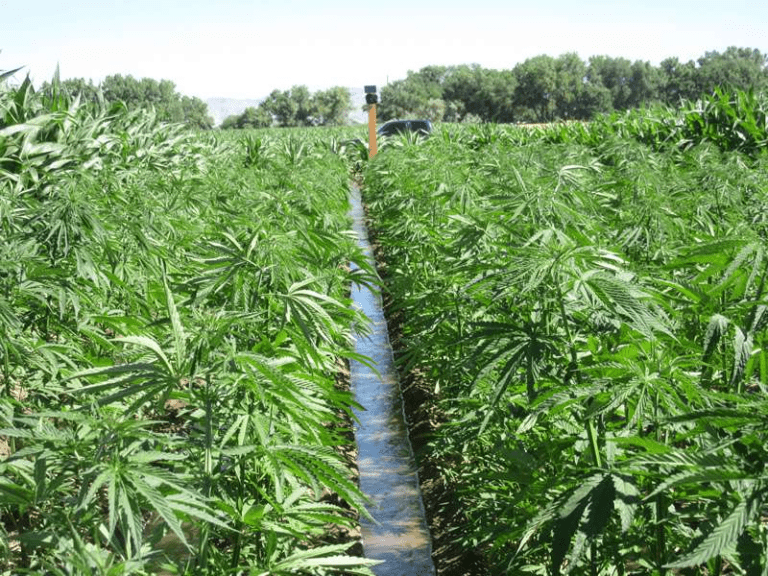Nutmeg Cultivation: Growing the Fragrant Spice Tree
History of Nutmeg Cultivation
Nutmeg cultivation has a rich history dating back centuries, with origins traced to the Banda Islands in Indonesia. These islands were once the world’s sole source of nutmeg, and their control was fiercely contested due to the spice’s high value in ancient times. The spice trade routes fueled exploration and colonization efforts, leading to significant historical events centered around nutmeg.
The cultivation of nutmeg later spread to other tropical regions such as the Caribbean islands, Grenada in particular. Known as the “Spice Isle,” Grenada became a major nutmeg producer, highlighting the global impact and significance of nutmeg cultivation throughout history. Today, nutmeg remains a prized spice with a fascinating past that continues to influence its cultivation and trade worldwide.
Origins of the Nutmeg Tree
The nutmeg tree, scientifically known as Myristica fragrans, is native to the Banda Islands in Indonesia, also known as the Spice Islands. This tropical evergreen tree belongs to the Myristicaceae family and has been cultivated for centuries for its prized spice derived from the seed of the fruit. The fragrant spice of nutmeg has a rich history in culinary and medicinal practices, making the nutmeg tree a significant botanical species in the spice trade.
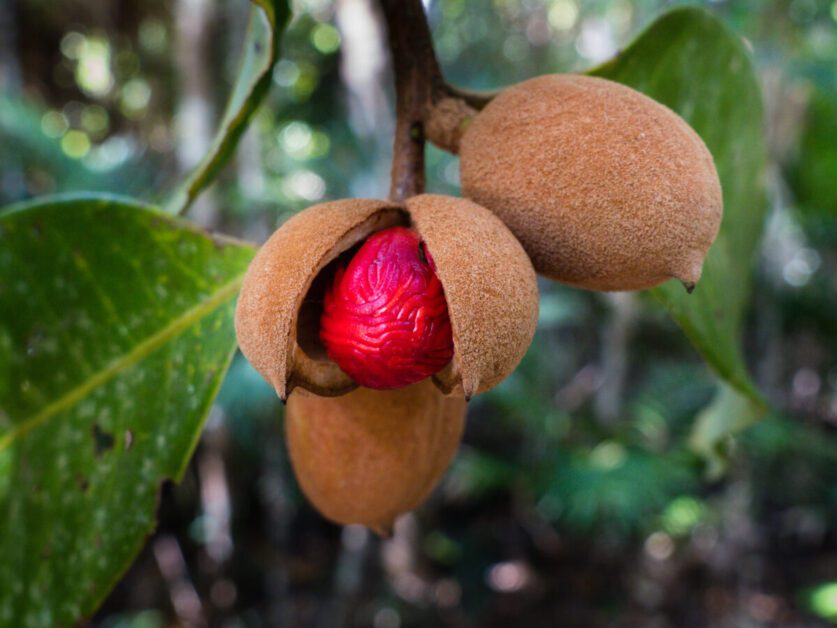
The nutmeg tree thrives in warm, humid climates with well-drained soil, typically found in tropical regions between the latitudes of 20 degrees north and south of the equator. It requires a minimum temperature of 50°F (10°C) to survive, with optimal growth occurring in temperatures ranging from 77°F to 86°F (25°C to 30°C). Understanding the natural habitat and environmental preferences of the nutmeg tree is essential for successful cultivation, as it allows growers to replicate these conditions for optimal growth and spice production.
Ideal Climate and Soil Conditions for Nutmeg Cultivation
Nutmeg trees thrive in tropical climates with high humidity and ample rainfall. They require temperatures between 77-86°F (25-30°C) for optimal growth. Nutmeg trees are sensitive to cold temperatures and cannot tolerate frost, making them suitable for cultivation in regions with a consistently warm climate.
When it comes to soil conditions, nutmeg trees prefer well-draining, rich, and loamy soil with a pH level between 5.5-7.5. They do well in soil that is rich in organic matter and nutrients. Nutmeg trees have shallow root systems, so it is essential to provide them with a soil that retains moisture without becoming waterlogged. Proper soil conditions are crucial for the healthy development of nutmeg trees and the production of high-quality nutmeg spice.
Propagation Methods for Nutmeg Trees
Nutmeg trees can be propagated through both seeds and vegetative methods. Seeds are the most common way to propagate nutmeg trees, and they should be planted as soon as they are harvested to ensure viability. It’s important to note that nutmeg seeds have a short shelf life and should be sown within a few days of extraction for optimal results. The seeds are planted in well-draining soil with partial shade, as they require a warm, humid environment to germinate successfully.
Vegetative propagation of nutmeg trees can also be done through methods such as air layering or stem cuttings. Air layering involves creating a wound on a healthy branch, applying a rooting hormone, then covering the area with moist soil to encourage root development. Stem cuttings can be taken from a mature nutmeg tree, treated with a rooting hormone, and planted in a suitable growing medium to promote root growth. These methods can be more time-consuming than seed propagation but can be advantageous for ensuring desirable traits in the new nutmeg tree.
Planting Nutmeg Trees in the Right Location
When planting nutmeg trees, selecting the right location is crucial for their successful growth and development. Nutmeg trees (Myristica fragrans) thrive in tropical climates with high humidity levels and well-draining, fertile soil. Ideally, choose a location that receives partial shade to protect the trees from harsh sunlight, especially during the hottest parts of the day. Additionally, nutmeg trees prefer areas protected from strong winds, as they can damage the delicate foliage and hinder proper growth.
It is recommended to plant nutmeg trees in locations that offer consistent moisture without waterlogging the roots. While nutmeg trees can tolerate short periods of drought, regular watering is essential for optimal growth and fruit production. Consider the natural rainfall patterns in your area and supplement with irrigation as needed to maintain adequate soil moisture levels. Ensuring proper drainage is also essential to prevent waterlogging, which can lead to root rot and other issues detrimental to nutmeg tree health.
Proper Nutmeg Tree Care and Maintenance
Proper care and maintenance of nutmeg trees are essential for ensuring healthy growth and abundant production. Nutmeg trees thrive in warm, tropical climates with well-draining soil that is rich in organic matter. Regular watering is crucial, especially during periods of drought, to support optimal growth and development of the tree.
Pruning nutmeg trees is another important aspect of maintenance. This helps to shape the tree, increase air circulation, and promote the growth of new shoots. It is recommended to prune during the dry season to minimize stress on the tree. Additionally, applying a balanced fertilizer specifically formulated for nutmeg trees can provide essential nutrients for healthy growth and higher yields.
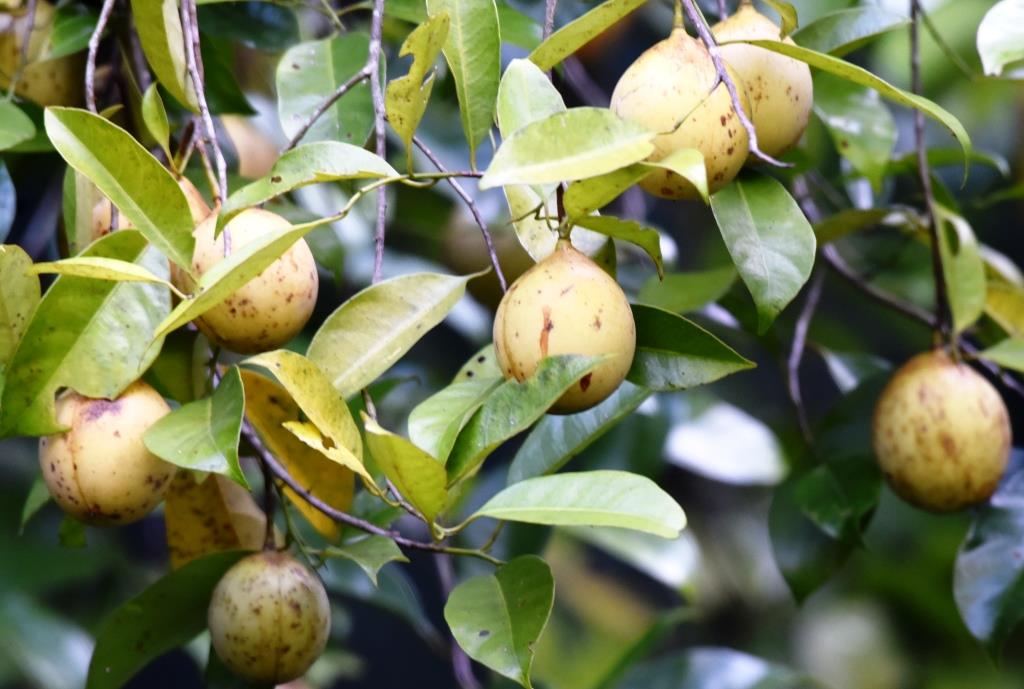
Pruning Techniques for Nutmeg Trees
Pruning plays a crucial role in the overall health and productivity of nutmeg trees. Regular pruning helps to maintain the tree’s shape, promote optimal fruit production, and prevent the spread of diseases. It is recommended to prune nutmeg trees during their dormant season to minimize stress and allow for proper healing of the wounds. When pruning, focus on removing dead or diseased branches, as well as any crossing or crowded branches that could impede air circulation and sunlight penetration.
When pruning nutmeg trees, it is essential to use sharp and clean pruning tools to make precise cuts and minimize the risk of infections. Make your cuts at a slight angle just above a bud to encourage healthy regrowth. Avoid cutting too close to the trunk or leaving stubs, as this can lead to decay and weaken the tree. By implementing proper pruning techniques, nutmeg growers can ensure the longevity and vitality of their trees, ultimately leading to a bountiful harvest of this prized spice.
Pest and Disease Management in Nutmeg Cultivation
Pests and diseases can significantly impact the health and yield of nutmeg trees, making proper management crucial for successful cultivation. One common pest affecting nutmeg trees is the nutmeg fruit borer (Conopomorpha cramerella), which damages the nutmeg fruit by tunneling inside and affecting its quality. To manage this pest, regular monitoring of the orchard is essential to detect early signs of infestation. Additionally, implementing cultural practices such as proper sanitation, pruning, and maintaining proper tree health can help reduce the prevalence of the nutmeg fruit borer.
In terms of diseases, nutmeg trees are susceptible to fungal infections such as nutmeg fruit rot (Colletotrichum gloeosporioides) and nutmeg wilt (Fusarium oxysporum). These diseases can cause significant damage to the nutmeg fruit and overall tree health if left unchecked. To manage fungal diseases, it is essential to practice good sanitation by removing and disposing of infected plant material properly. Applying fungicides at the right time and in the correct dosage can also help control fungal infections and protect the nutmeg crop.
Harvesting Nutmeg: When and How to Collect the Spice
Before harvesting nutmeg, it’s essential to know when the fruit is ripe for picking. Typically, nutmeg trees produce fruits that change in color from green to yellow when mature. Harvesting should be done when the outer husk splits open naturally, revealing the red mace covering the seed inside. This timing ensures maximum flavor and quality in the final product.
To collect the prized nutmeg spice, carefully remove the seeds from the mace and gently sun-dry them until they rattle inside their shells. This process aids in preserving the seeds and intensifying their flavor. Once dried, crack the hard shells to reveal the aromatic nutmeg seed within. It’s crucial to handle the seeds with care to avoid damaging their delicate structure and to ensure the best quality spice for culinary and commercial use.
The table shows some of the pests and diseases pf nutmeg tree and their management :
| Pest/Disease | Symptoms | Management Strategies |
|---|---|---|
| Nutmeg Wilt | Wilting of leaves, yellowing, leaf drop, dieback of branches | 1. Soil drenching with fungicides like copper-based sprays. |
| 2. Ensuring good drainage to prevent waterlogging. | ||
| Nutmeg Scale | Sticky honeydew secretion, black sooty mold, stunted growth | 1. Natural predators like ladybugs can be introduced. |
| 2. Mechanical removal of scales using a soft brush or cloth. | ||
| Nutmeg Borer | Entry and exit holes in stems, sawdust-like frass, wilted leaves around affected areas, weakened branches | 1. Trapping adults using pheromone traps. |
| 2. Pruning and burning infested branches. | ||
| Nutmeg Rust | Yellow-orange powdery spots on leaves, defoliation | 1. Regular application of fungicides during the wet season. |
| 2. Proper spacing to improve air circulation and reduce humidity. | ||
| Anthracnose | Dark lesions on leaves and fruits, fruit rot, premature fruit drop | 1. Application of fungicides containing copper or sulfur. |
| 2. Avoiding overhead irrigation to reduce leaf wetness. |
Drying and Curing Nutmeg for Storage
After harvesting, the nutmeg seeds need to undergo a process of drying and curing to develop their rich flavor and aroma. This crucial step ensures that the seeds are properly preserved for long-term storage and future use. The fresh nutmeg seeds are first gently cracked open to expose the inner kernel, which is the actual spice. These kernels are then dried in the sun or in specialized drying facilities to reduce their moisture content and intensify their flavor profile.
Once dried, the nutmeg kernels are carefully cured to enhance their flavor and aroma further. This curing process typically involves storing the dried kernels in a well-ventilated area with controlled humidity levels for several weeks to months. During this time, the flavors of the nutmeg develop and mature, resulting in a more complex and aromatic spice. Properly dried and cured nutmeg seeds can be stored in airtight containers in a cool, dark place for an extended period without losing their potency or flavor, ensuring that you have a steady supply of this versatile spice for your culinary creations.
Processing Nutmeg Seeds into Spice
After the nutmeg seeds have been harvested, they undergo a meticulous process to transform into the beloved spice. The first step in processing nutmeg seeds into spice involves removing the outer coating of the seed, known as the aril or mace. This delicate covering is carefully detached from the seed before it is sun-dried to preserve its flavor and aroma. The seeds are then dried separately until they produce a rattling sound when shaken, indicating they are ready for the next stage of processing.
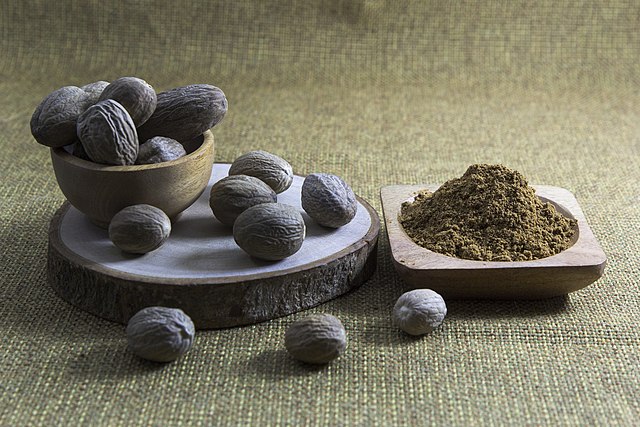
Once the seeds are sufficiently dried, they are cracked open to reveal the valuable nutmeg kernel inside. This inner kernel is what we commonly recognize as the nutmeg spice. The kernels are then further dried to reduce moisture content and enhance their flavor profile. Finally, the dried nutmeg kernels are ground into a fine powder, ready to be used in a variety of culinary creations. This intricate process of transforming nutmeg seeds into spice ensures that the rich and warm flavors of nutmeg are preserved for culinary delights around the world.
Commercial Uses of Nutmeg
Nutmeg has a long history of being used in various commercial applications beyond the realm of culinary delights. Its warm, aromatic flavor makes it a popular addition to the fragrance and cosmetic industries. The essential oil derived from nutmeg seeds is valued for its distinct scent and is often used in perfumes, soaps, lotions, and candles. Additionally, nutmeg is utilized in traditional medicine and aromatherapy for its purported therapeutic properties, adding to its commercial value.
In the pharmaceutical industry, nutmeg is recognized for its potential health benefits and medicinal properties. It contains compounds like myristicin and elemicin, which have been studied for their antimicrobial, anti-inflammatory, and antioxidant properties. These bioactive components make nutmeg a candidate for use in herbal supplements, alternative medicine formulations, and even in the production of certain prescription medications. Its diverse commercial uses highlight the versatility and significance of nutmeg beyond its role as a beloved culinary spice.
Health Benefits of Nutmeg
Nutmeg is not only a popular spice known for its warm, aromatic flavor in various dishes and beverages but also offers a range of health benefits. Rich in essential oils like myristicin and eugenol, nutmeg possesses antibacterial and anti-inflammatory properties that can aid in improving digestion and relieving pain and inflammation in the body. Additionally, studies have shown that nutmeg may have potential benefits for brain health, as certain compounds in nutmeg have been linked to cognitive function and memory enhancement.
Furthermore, nutmeg contains minerals such as copper, potassium, calcium, manganese, iron, and magnesium, which are essential for various bodily functions including bone health, muscle function, and metabolism regulation. Consuming nutmeg in moderation can contribute to a balanced diet and may help support overall well-being. Whether used in culinary applications or as a natural remedy, nutmeg’s health benefits make it a valuable addition to a healthy lifestyle.
Here is a table showing the health benefits of nutmeg:
| Health Benefit | Description |
|---|---|
| Digestive Aid | Stimulates digestion, reduces bloating and gas. |
| Anti-inflammatory | Contains compounds that reduce inflammation, easing arthritis and muscle soreness. |
| Pain Relief | Acts as a natural pain reliever, useful for toothaches, headaches, and menstrual cramps. |
| Brain Health | Supports cognitive function, memory, and mental clarity. |
| Sleep Aid | Sedative properties promote relaxation and aid in improving sleep quality. |
| Oral Health | Exhibits antibacterial properties, beneficial for oral hygiene, fighting bad breath, and gum problems. |
| Blood Circulation | Promotes healthy blood circulation, benefiting heart health and overall circulation. |
Culinary Uses of Nutmeg
Nutmeg is a versatile spice that adds a warm, nutty flavor to a variety of dishes. Its subtle sweetness and aromatic undertones make it a popular choice in both sweet and savory recipes. In baking, nutmeg is often used in combination with cinnamon and cloves to enhance the flavors of cakes, cookies, and pies. It can also be a key ingredient in custards, puddings, and sauces, adding a depth of flavor that elevates the dish.
In savory dishes, nutmeg is commonly added to creamy sauces, soups, and stews to impart a rich and complex taste. It pairs well with ingredients like cheese, spinach, and pumpkin, enhancing the overall taste profile of the dish. Additionally, nutmeg is a popular spice in meat rubs and marinades, where its warm flavor can complement the natural taste of various meats. Whether used in sweet or savory dishes, nutmeg is a versatile ingredient that can enhance the overall flavor profile of a wide range of culinary creations.
Sustainable Practices in Nutmeg Cultivation
Sustainable practices in nutmeg cultivation are crucial for ensuring the longevity and health of nutmeg trees while minimizing the environmental impact of farming operations. One key aspect of sustainability in nutmeg cultivation is the use of organic farming methods to avoid synthetic pesticides and fertilizers that can harm the ecosystem. Implementing integrated pest management strategies, such as companion planting and biological controls, can help reduce the reliance on chemical inputs and promote a more balanced and resilient agroecosystem.
Furthermore, adopting agroforestry practices can enhance the sustainability of nutmeg cultivation by incorporating diverse tree species within the nutmeg orchard. This approach not only improves soil fertility and biodiversity but also provides additional sources of income for farmers through intercropping. By fostering a more holistic and interconnected farming system, sustainable practices in nutmeg cultivation can contribute to long-term environmental stewardship and economic viability for farmers in nutmeg-producing regions.
Watch the full video to learn more about the cultivation of nutmeg.
What are some sustainable practices that can be incorporated into nutmeg cultivation?
Some sustainable practices in nutmeg cultivation include using organic fertilizers, practicing crop rotation to improve soil health, implementing integrated pest management techniques, and promoting biodiversity in the nutmeg plantation.
How can nutmeg farmers minimize water usage in cultivation?
Nutmeg farmers can minimize water usage by adopting drip irrigation systems, mulching the soil to retain moisture, and collecting rainwater for irrigation purposes.
Are there eco-friendly pest control methods for nutmeg cultivation?
Yes, eco-friendly pest control methods for nutmeg cultivation include introducing beneficial insects, implementing trap crops to attract pests away from nutmeg trees, and using neem oil or garlic spray as natural insect repellents.
How can nutmeg farmers reduce their carbon footprint in cultivation?
Nutmeg farmers can reduce their carbon footprint by using renewable energy sources such as solar power for irrigation and processing, practicing agroforestry by planting shade trees alongside nutmeg trees, and minimizing the use of machinery to decrease fuel consumption.
Are there any programs or certifications that promote sustainable nutmeg cultivation?
Yes, there are certifications such as organic certification and Fair Trade certification that promote sustainable nutmeg cultivation practices. These certifications ensure that farmers adhere to environmental and social standards while producing nutmeg.

